How is coal formed?
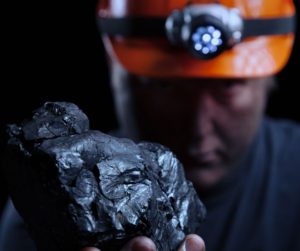
Coal: An Organic Sedimentary Rock
Coal is different from other sedimentary rocks. Unlike limestone and chert, which are calcite and silica rich, coal is made of organic matter. Close examination of coal under a magnifying glass often reveals plant structures such as leaves, bark, and wood that have been chemically altered but are still identifiable. This supports the conclusion that coal is the end product of large amounts of plant material, buried for millions of years. The formation of coal involves these stages:
How is coal formed?
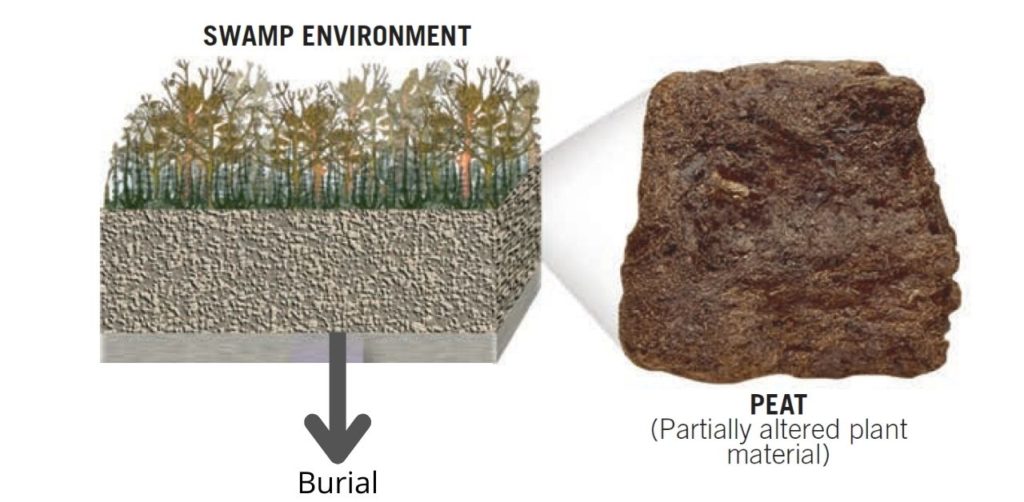
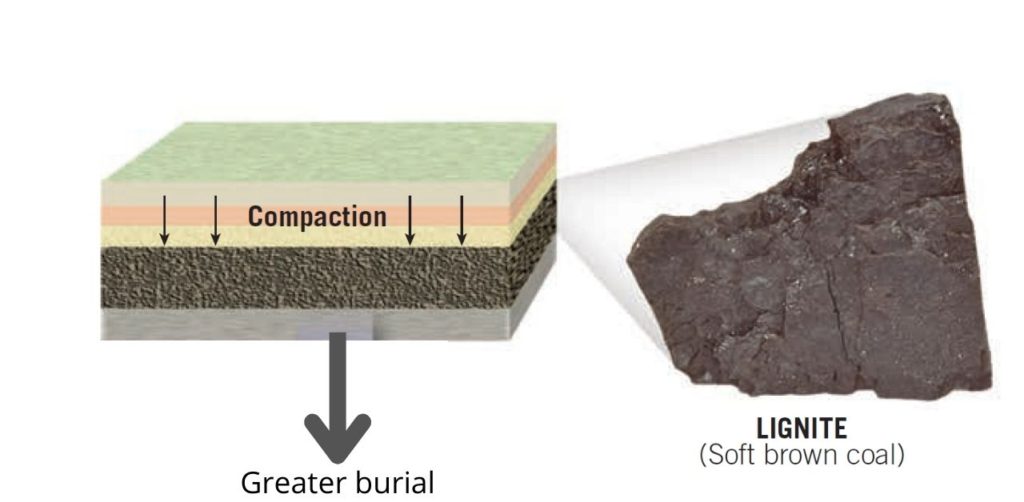
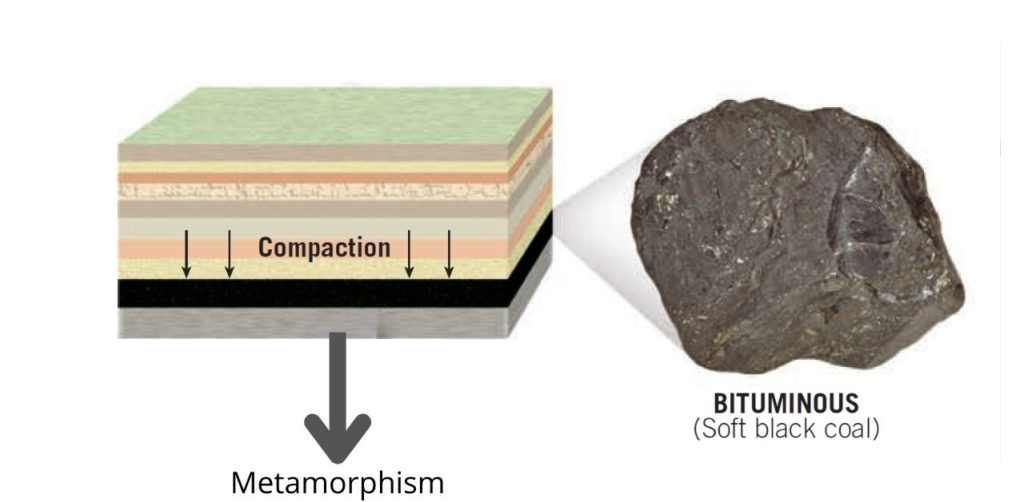
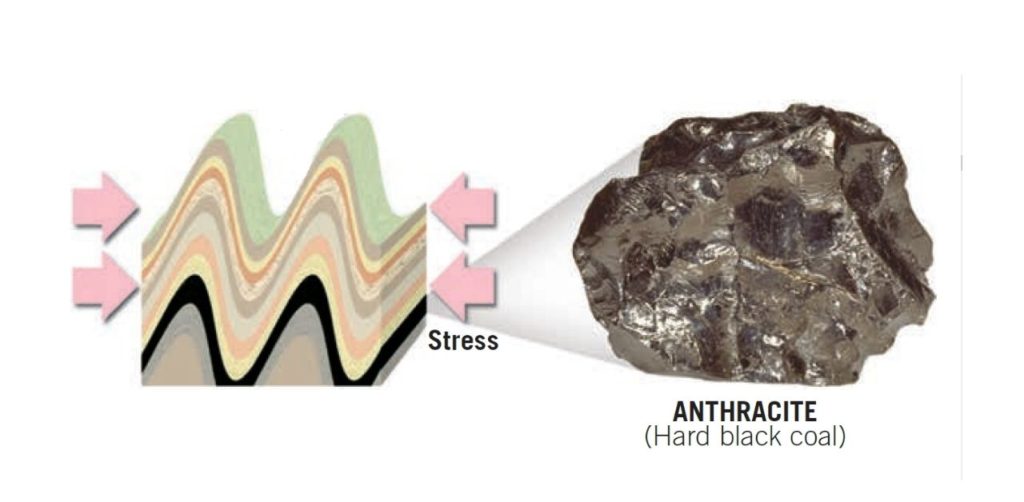
Successive stages in the formation of coal.
1. Accumulation of plant remains. The initial stage in coal formation is the accumulation of large quantities of plant remains. Such accumulations result from special conditions because dead plants readily decompose when exposed to the atmosphere or other oxygen-rich environments.
One important environment that allows for the buildup of plant material is a swamp. Stagnant swamp water is oxygen deficient, so complete decay (oxidation) of the plant material is not possible. Instead, the plants are attacked by certain bacteria that partly decompose the organic material and liberate oxygen and hydrogen. As these elements escape, the percentage of carbon in the plant matter gradually increases.
The bacteria are not able to finish the job of decomposition because their growth is impeded by acids liberated from the plants.
2.Formation of peat and lignite. The partial decomposition of plant remains in an oxygen-poor swamp creates a layer of peat, a soft brown material in which plant structures are still easily recognized. With shallow burial, peat slowly changes to lignite, a soft brown coal. Burial increases the temperature of sediments as well as the pressure on them.
3.Formation of bituminous coal. The higher temperatures bring about chemical reactions within the plant materials and yield water and organic gases (volatiles).
As the load increases from more sediment on top of the developing coal, the water and volatiles are pressed out, and the proportion of fixed carbon (the remaining solid combustible material) increases. The greater the carbon content, the greater the coal’s energy ranking as a fuel. During burial, the coal also becomes increasingly compact. For example, deeper burial transforms lignite into a harder, more compacted black rock called bituminous coal. A bed of bituminous coal may be only onetenth as thick as the peat bed from which it formed.
4.Formation of anthracite coal. Lignite and bituminous coals are sedimentary rocks. However, when sedimentary layers are subjected to the folding and deformation associated with mountain building, the heat and pressure cause a further loss of volatiles and water, thus increasing the concentration of fixed carbon. This metamorphoses bituminous coal into anthracite, a very hard, shiny, black metamorphic rock. Although anthracite is a cleanburning fuel, only a relatively small amount is mined.
Anthracite is not widespread and is more difficult and expensive to extract than the relatively flat-lying layers of bituminous coal.
